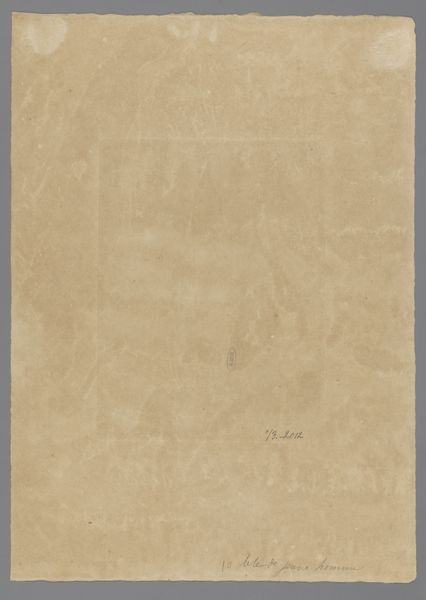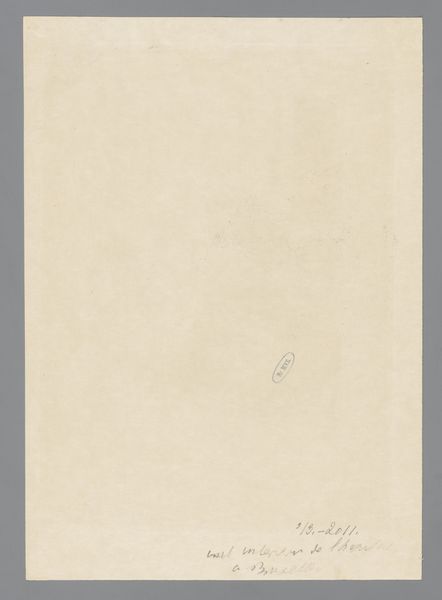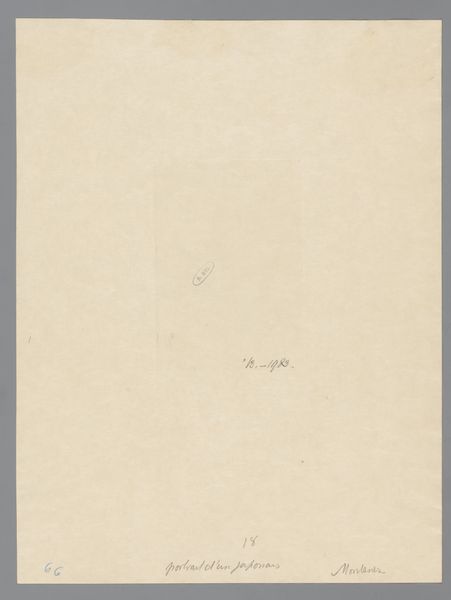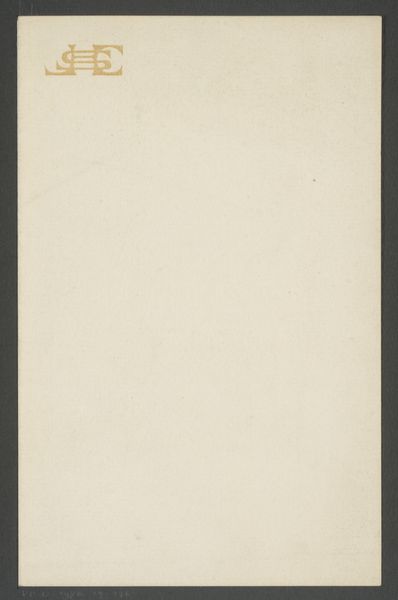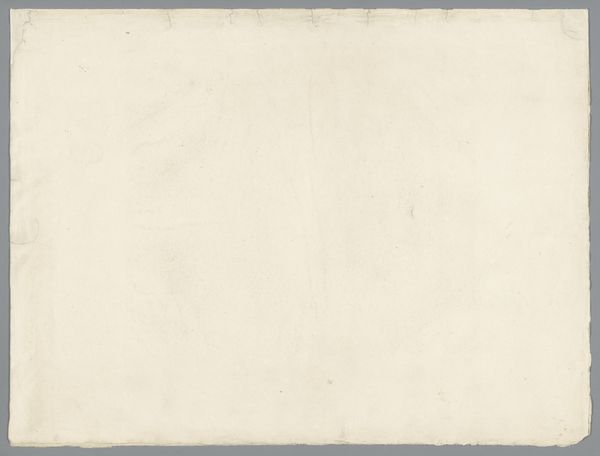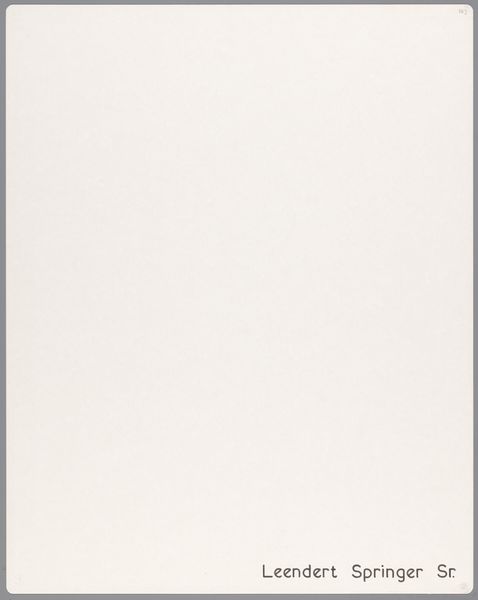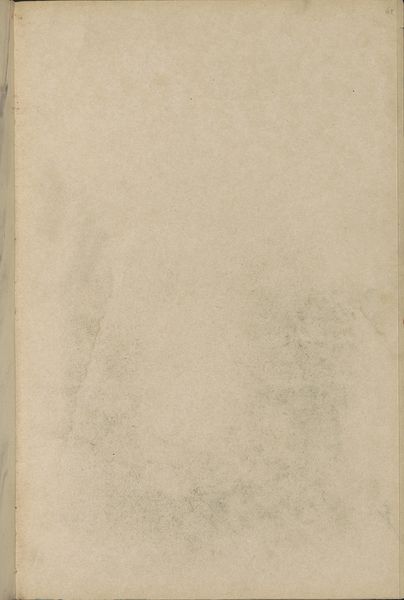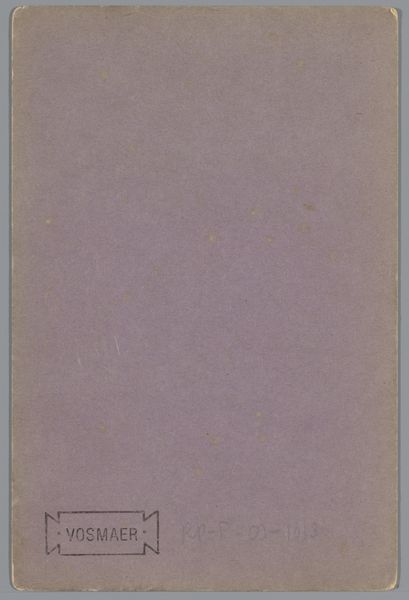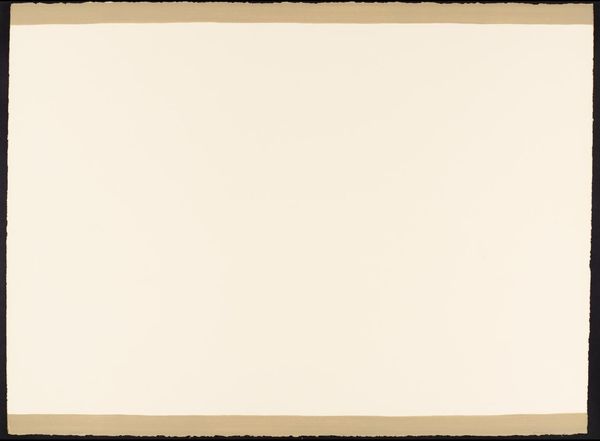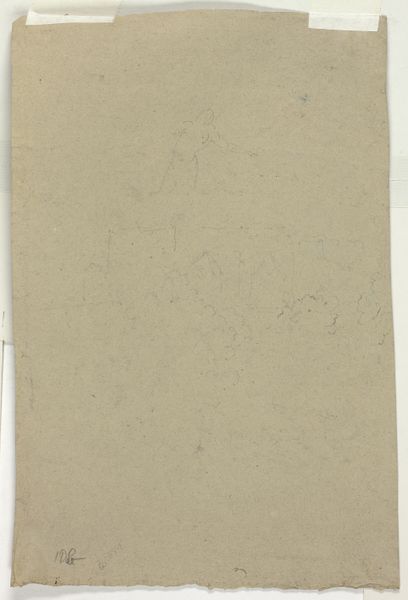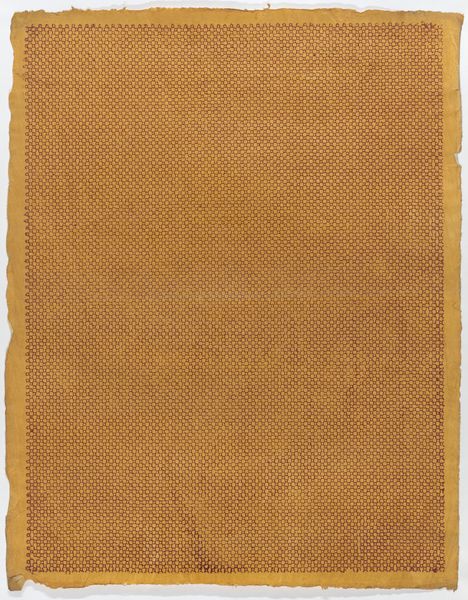
Zes gebonden landschappen van Christian Haldenwang met omslag 1804
0:00
0:00
christianhaldenwang
Rijksmuseum
drawing, print, paper
#
drawing
# print
#
paper
#
romanticism
Dimensions: height 272 mm, width 219 mm, height 272 mm, width 440 mm
Copyright: Rijks Museum: Open Domain
Editor: This is "Six Bound Landscapes of Christian Haldenwang with Cover," created in 1804. It's a drawing and print on paper held at the Rijksmuseum. What immediately strikes me is its starkness, almost emptiness. What can you tell us about this work? Curator: Its apparent emptiness *is* striking, isn't it? But consider this cover not as devoid, but as a threshold. Bound landscapes hint at contained narratives. Haldenwang, working within the Romanticism movement, would have understood the weight of landscape as symbolic of inner states. What imagery springs to your mind when you contemplate bound landscapes? Editor: Perhaps something suppressed or constrained? Is the "binding" here literal, physical? Or is it symbolic, like bound by a certain perspective? Curator: Indeed! Both are valid. Romanticism grappled with constraints—political, societal, emotional. Consider how Haldenwang uses paper, print, and drawing, all mediums carrying historical and cultural weight. Paper itself becomes a metaphor for memory, ready to be inscribed. How does that change your reading? Editor: That idea of memory changes it quite a bit. The landscapes aren't literally tied, rather it is memory being tied, being suppressed by a controlling view. It transforms from bleak to maybe even melancholic. Curator: Precisely! The act of binding can be an act of control but equally an act of preservation. Do you feel that shifts how we view its starkness? Editor: Definitely. It's like the image holds a story that is not initially available on the surface. Thanks, I appreciate how you spotlight the cultural weight of materials to open a dialogue. Curator: It's through these symbols that we access deeper currents of meaning, a continuous dialogue between the artist, the image, and ourselves.
Comments
No comments
Be the first to comment and join the conversation on the ultimate creative platform.
